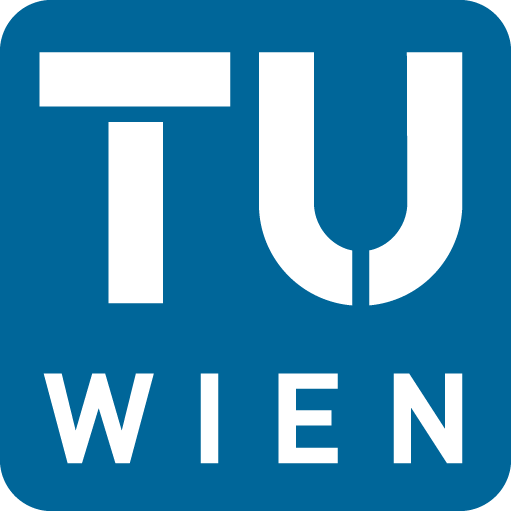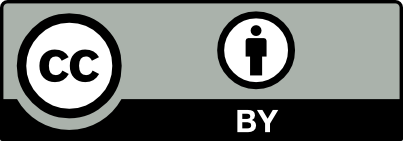Adobe PDF
(18.37 MB)

Seiten Aufrufe
592
aufgerufen am 20.11.2023
Download(s)
261
aufgerufen am 20.11.2023


 CC BY 4.0
CC BY 4.0